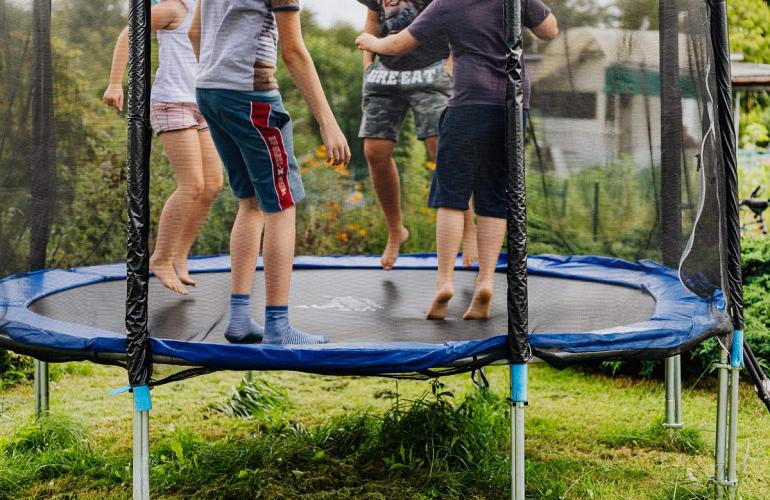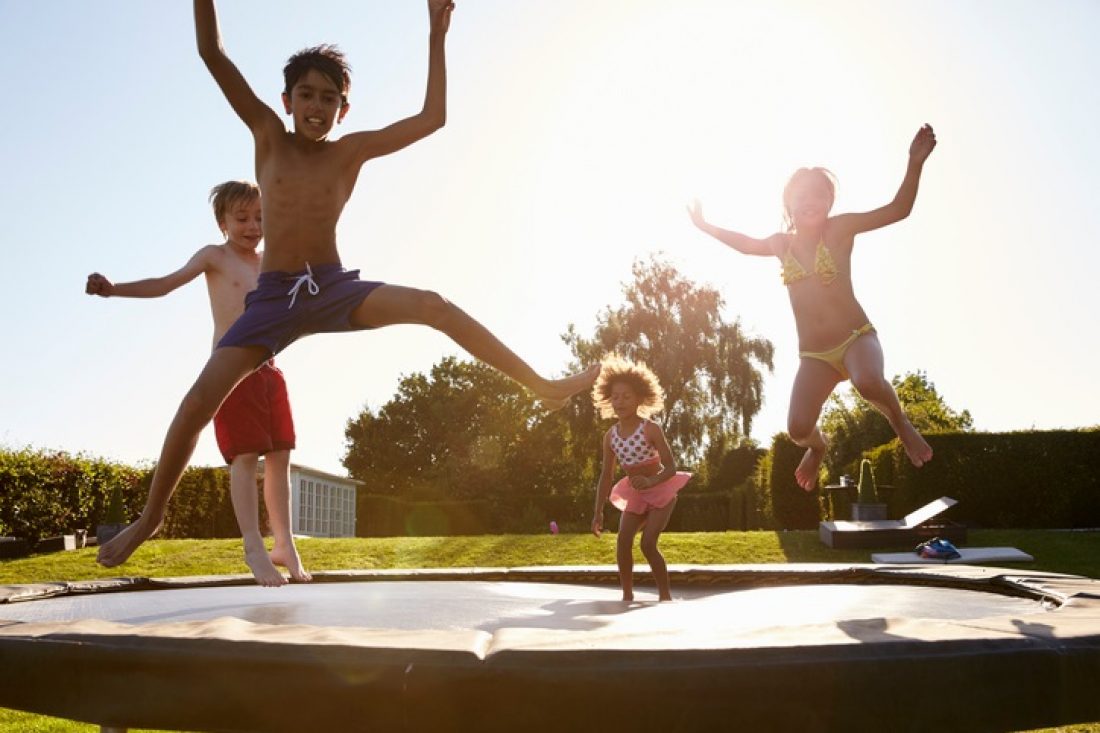In the realm of childhood activities, trampolines stand out as more than just a source of physical exercise. Beyond the joyous bouncing and laughter, trampolines play a significant role in shaping children’s emotional well-being. In this article, we will explore the multifaceted ways in which trampolines contribute to the emotional development of children, providing them with not just a fun pastime but also a valuable tool for fostering positive mental and emotional health.
- Stress Relief through Play:
Children today experience various stressors, from academic pressures to the challenges of navigating social interactions. Trampolining provides a joyful outlet for stress relief through play. The rhythmic bouncing motion induces a sense of relaxation by releasing endorphins—the body’s natural mood enhancers. As children bounce, they experience a form of physical play that helps alleviate stress and tension, contributing to a more relaxed and positive state of mind.
- Mood Enhancement and Happiness:
The act of bouncing on a trampoline triggers a cascade of positive emotions. The sensation of weightlessness and the sheer joy of bouncing create an environment conducive to mood enhancement. Children often express sheer happiness and excitement while engaging in trampolining activities. These positive emotions not only provide immediate gratification but also contribute to the overall sense of happiness and well-being in the long term.
- Outlet for Energy and Emotions:

Children are bundles of energy and emotions, and trampolines offer them a safe and constructive outlet for both. Bouncing on a trampoline allows children to channel their excess energy in a positive way, preventing it from manifesting as restlessness or behavioral challenges. Additionally, the repetitive bouncing motion can serve as a healthy emotional outlet, providing a space for children to release pent-up emotions and frustrations.
- Enhanced Self-Esteem and Confidence:
Success in physical activities contributes to the development of self-esteem and confidence in children. Mastering the art of bouncing, attempting new tricks, or overcoming small challenges on the trampoline all contribute to a child’s sense of accomplishment. These achievements, no matter how minor, play a crucial role in building self-esteem and confidence. The positive reinforcement gained from trampolining experiences carries over into other aspects of a child’s life.
- Social Interaction and Bonding:
Trampolining (https://leotoystore.com/collections/trampoline) is often a social activity, especially in settings where multiple children share a trampoline. Engaging in group bouncing sessions promotes social interaction, cooperation, and bonding among children. Sharing the joy of bouncing with peers fosters positive relationships and contributes to the development of important social skills, such as communication, teamwork, and the ability to navigate social dynamics.
- Coping with Challenges and Resilience:
Trampolining provides a platform for children to face challenges, whether it’s attempting a new jump or mastering a specific technique. Overcoming these challenges fosters resilience—the ability to bounce back from setbacks and difficulties. Learning to persevere through trial and error on the trampoline contributes to the development of resilience, a valuable emotional skill that serves children well as they navigate the challenges of growing up.
- Mind-Body Connection and Mindfulness:

Engaging in trampolining requires a level of focus and concentration, creating a natural connection between the mind and body. The awareness of body movements, balance, and coordination during bouncing promotes mindfulness—a state of being present in the moment. This mind-body connection cultivated on the trampoline contributes to emotional well-being by encouraging children to be more aware of their thoughts, feelings, and physical sensations.
- Emotional Expression and Creativity:
Trampolines become platforms for emotional expression and creativity during play. Children often infuse their bouncing sessions with imaginative play, incorporating storytelling and role-playing into their activities. This form of creative expression allows children to explore and process emotions in a playful context. Trampolining becomes not just a physical activity but a canvas for emotional expression and imaginative exploration.
Trampolines are more than a piece of recreational equipment; they are catalysts for positive emotional development in children. From stress relief and mood enhancement to fostering social interaction, building self-esteem, and promoting resilience, trampolines contribute to the holistic well-being of children. As parents, educators, and caregivers witness the smiles and laughter that accompany each bounce, they can take pride in knowing that trampolines are not just fostering physical health but also nurturing the emotional landscape of the younger generation.
